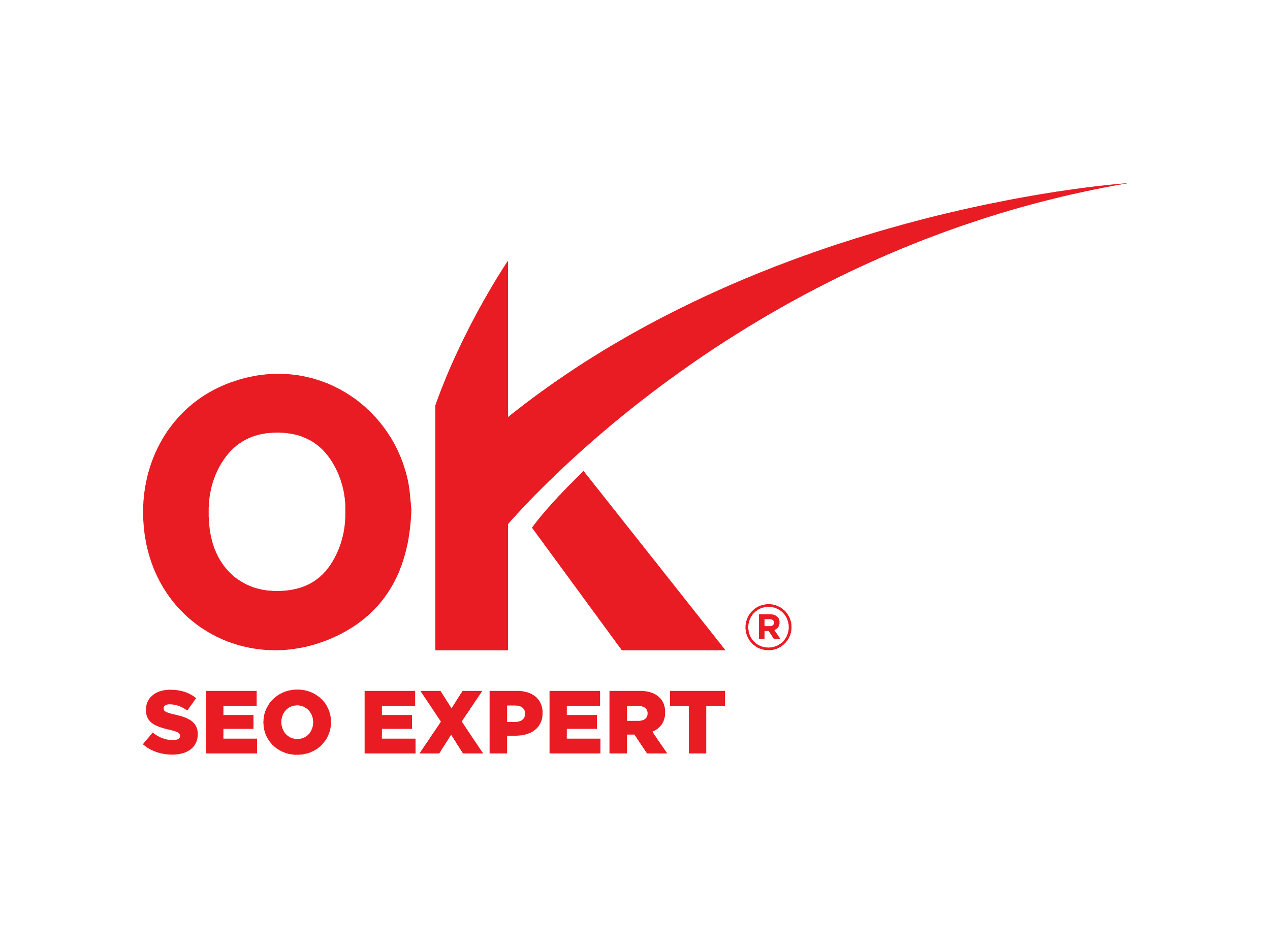Digital Marketing Services
- Home
- Digital Marketing Services
Services
Our Services
Most agencies offer long lists of services nobody asked for.
I focus only on what creates revenue, speed, and market dominance.
Every service below is personally shaped, refined, and overseen by me—JY
Strategic SEO Domination
I don’t “do SEO.” I take your top keywords, force them onto page one, and make your competitors wonder what happened.
Brand Positioning & Messaging
Your brand either looks premium or forgettable. I build the version that people trust, respect, and remember instantly.
Make Appointment
A Performance Marketing Agency You Can Trust to Grow Revenue—Not Just Traffic
We help brands grow through data-driven digital marketing—combining SEO, paid media, and conversion-focused strategy.
No guesswork. No inflated promises. Just clear execution, measurable performance, and decisions backed by real numbers.
Whether you need to scale leads, improve ROAS, or build sustainable organic growth, our team works with you to turn marketing spend into business results.
Menara EcoWorld Kuala Lumpur
- BBCC, Kuala Lumpur
- admin@oktimize.com
- (+60)10 817 2178
Social Media
Follow OKtimize for practical SEO insights, paid ads breakdowns, campaign lessons, and real-world marketing strategies—shared from live client experience, not theory.
How We Works
Our Performance Marketing Process
A structured, execution-focused process designed to launch fast, optimize continuously, and scale only when the numbers make sense.

Choose the Right Channel & Objective
We start by understanding your business model, target audience, and growth goal—leads, sales, app installs, or brand lift. Based on this, we recommend the right mix of platforms (Meta, Google, and TikTok) and define clear KPIs before any ad goes live.

Booking & Campaign Setup
Once confirmed, we handle full campaign preparation—account review, tracking setup, audience mapping, creatives briefing, and budget structure. Everything is aligned upfront so the campaign launches clean, measurable, and ready to optimize.

Launch, Test & Optimize
Campaigns go live with controlled testing. We monitor performance daily, adjust targeting, creatives, and bidding, and cut what doesn’t perform—fast. Decisions are based on data, not assumptions.
Scale What Works
When results are proven, we scale with intention—increasing budget only on winning angles, audiences, and creatives. You receive clear reporting, insights, and next-step recommendations so growth stays predictable and sustainable.
“JY doesn’t talk like an agency. He talks like someone who’s already seen the endgame.”
Dominic Schwartz
- CEO Brand
“Zero bullshit. He tells you what works and what doesn’t—directly.”
Rebecca Mckeown
- Founder Fashly
“He understands business pressure more than most marketers we hired.”
Adela Millington
- CEO Brand
“JY terus bagi strategi yang jalan. Result laju, brand kami naik level. Memang lain bila kerja direct dengan founder.”
Jannie & Chris
- Entrepreneur
Why Choose OKtimize
We don’t sell tactics. We build systems that make marketing work.
Benefit 1 — Strategy Before Spend
Every campaign starts with a clear plan. We diagnose your business, market, and data first—so you’re not wasting budget testing random ideas.
Benefit 2 — Execution That Moves Numbers
We focus on actions that move rankings, traffic quality, leads, and sales. No vanity metrics. No reports filled with noise.
Benefit 3 — Founder-Led Thinking
Your strategy is shaped by senior hands-on experience, not passed down a chain. You get direct insight, faster decisions, and cleaner execution.
Benefit 4 — Transparency & Control
You’ll understand what we’re doing, why it matters, and what’s next. Clear communication, honest reporting, and zero black-box tactics.
Trusted By
This is a place to showcase the logos of some of your clients
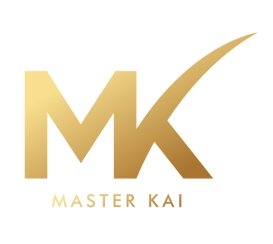
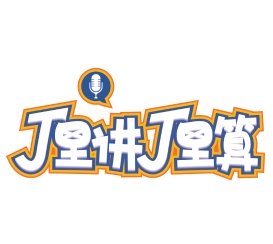

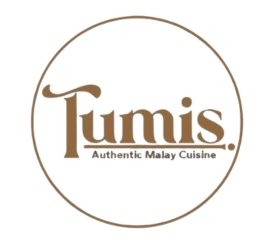
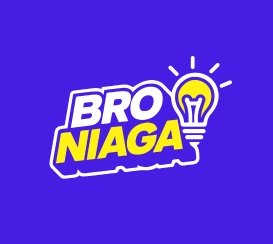
FAQ
A frequently asked question surrounding your service
A frequently asked question surrounding your service
A frequently asked question surrounding your service
A frequently asked question surrounding your service
A frequently asked question surrounding your service
A frequently asked question surrounding your service
A frequently asked question surrounding your service
A frequently asked question surrounding your service
Built to Convert, Not Just Attract Clicks
Every channel we manage—SEO, paid ads, or performance campaigns—is designed with one goal in mind: predictable growth. Clear strategy, disciplined execution, and results you can measure.
